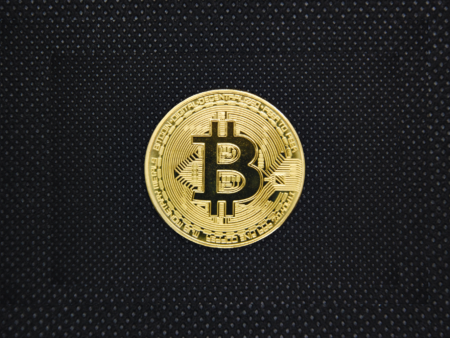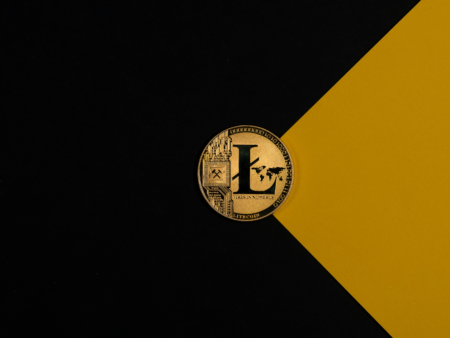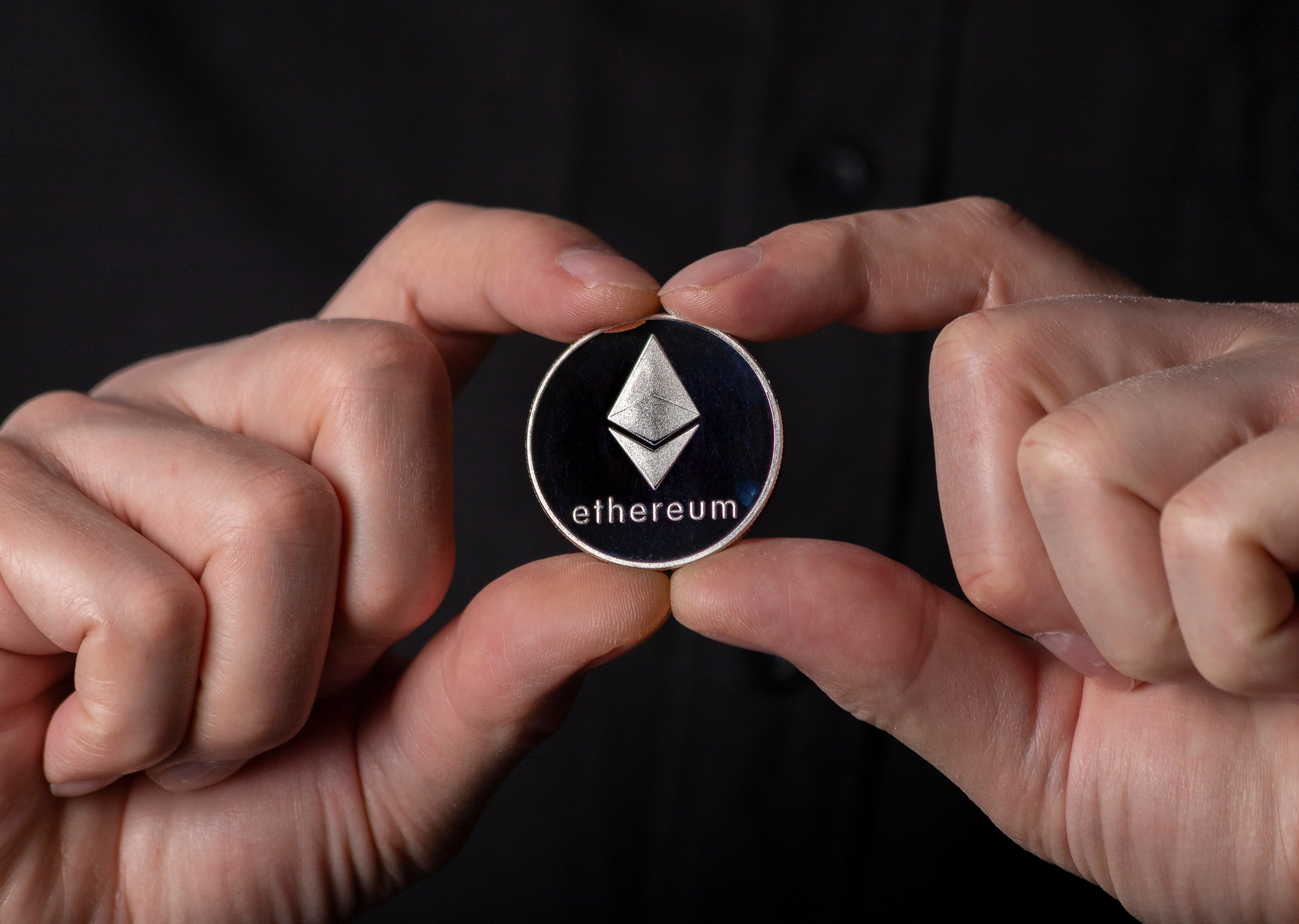JPMorgan’s crypto analysis team’s Bitcoin price study is fascinating. Discover intriguing thoughts on Bitcoin’s price trend from their recently unearthed internal and confidential letter.
Different viewpoints are emerging at this time of market uncertainty, including one that may foretell the price of Bitcoin. The lateralization phase, which has been ongoing for more than two months, appears to want to continue, especially in the near term. However, in the medium and long terms, it will have to come to a stop, and it is possible that this could result in a considerable change in price.
Bitcoin price prediction from JPMorgan
In a recently discovered internal, confidential JPMorgan letter, the crypto analysis team led by Nikolaos Panigirtzoglou provided a rather intriguing analysis of Bitcoin’s price.
The huge US bank’s analysts frequently focus on Bitcoin and the cryptocurrency markets, as they did in July 2017 when they suggested that the bear market in Bitcoin and other crypto assets in general would be ending.
There was only one further low after the $17,500 low in June, which occurred in November.
Since there haven’t been any new lows for almost seven months, the bear market has concluded. In fact, save from a brief period, the price of Bitcoin hasn’t really fallen below $20,000 since mid-January.
This time, though, Panigirtzoglou’s team’s study focuses on the present price’s fair value.
In fact, using the price of gold as a benchmark, which is currently little under $2,000 per ounce, BTC’s current fair value may be $45,000.
Technically speaking, this is therefore not a true prediction, but our study suggests that the price of Bitcoin would be naturally holding towards that level at the moment.
The likeness to gold
Over the course of 2023, the price movement of Bitcoin has grown less strongly correlated with the Nasdaq and more closely correlated with the price trend of gold.
It’s probable that there is not a genuine direct link between the two assets, but rather a similar correlation with some shared underlying dynamics.
In actuality, the price of gold in 2023 first increased from $1,630 an ounce to $1,950, then dropped to $1,810 at the end of February, picked up again in March, and finished at $2,050 in early May. Later, it returned for less than $2,000.
The price of Bitcoin increased from $15,500 to $24,000, then dropped to $20,000, before rising once more to $31,000 in roughly the same amount of time.
It has since decreased to $27,000, and as a result, its dynamics generally resemble those of gold.
In its note, JPMorgan says:
With the gold price rising above $2,000, the value of gold held for investment purposes outside central banks is currently valued at around [$3 trillion]. In turn, this implies a $45,000 price for bitcoin under the assumption that bitcoin equalizes gold in private investors’ portfolios in risk capital.
Therefore, it is assumed that Bitcoin’s market capitalization at this moment, if it were considered a gold substitute asset, might be around $900 billion as opposed to the present slightly over $500 billion, or less than one-third of the value of gold held by investors.
On top
These numbers should actually be viewed as the highest point to which the price of Bitcoin could currently reach if there were no further barriers.
After all, the $30,000 in April has already been surpassed, if only momentarily, and many believe that $35,000 may be achievable should things get better.
In fact, Anthony Scaramucci and Finder both anticipated the amount of $40,000 in August of last year, which has been in the public domain for a while.
The $45,000 suggested as a top in JPMorgan’s document would fit well in such a case.
Actually, Scaramucci claimed that the bear market’s bottom had already been reached in August of last year, but a fresh bottom was discovered in November.
It’s important to keep in mind that the November bottom was caused by an entirely unanticipated occurrence (the FTX bankruptcy), and that it wasn’t all that much lower than the June bottom.
In addition, $40,000 is the amount mentioned in JPMorgan’s paper as the “production cost” of 1 BTC for Bitcoin miners following the halving in 2018.
The baseline for Bitcoin’s future price increase should therefore remain $40,000 until spring 2024, with the possibility of pushing to $45,000 at most, barring unforeseen circumstances.
The estimated price of bitcoin and the subsequent halving
After the subsequent halving, which is slated to occur in the spring of 2024, it is unclear what will occur.
It is known that the cost of mining 1 BTC could increase to $40,000, thus it is difficult to conceive that miners could sell the BTC they get at such a low price, according to JPMorgan’s statement.
The competition for mining may gradually lessen as a result of the halving, though, as many will be compelled to shut down less effective equipment because the incentive for them would be cut in half.
It is important to note that since the miners are responsible for the energy consumption, the market value of BTC is not adjusted to the mining costs; rather, the miners adjust the mining costs to the market value of Bitcoin.












